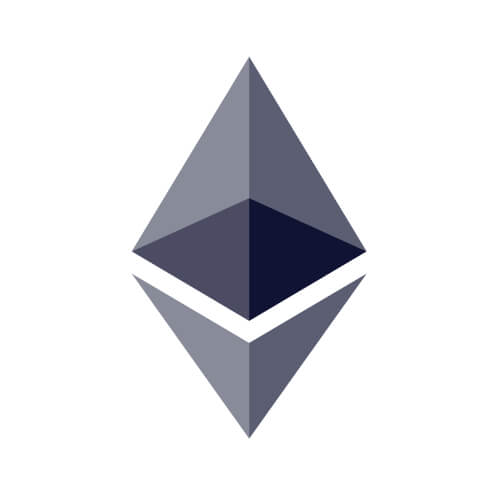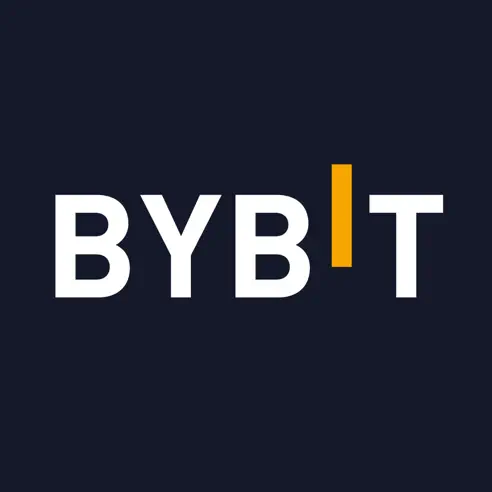A
Layer 1 blockchain, also known as L1 refers to the foundational network, for example, Bitcoin, Ethereum and Solana would be referred to as Layer 1 blockchains. Layer 1 blockchains permanently record every transaction made on a public, secure and decentralised ledger.
As the foundation, applications and secondary blockchains known as Layer 2s can be built upon it.
Lets use Ethereum as our example where we can clearly see it is one of the most built-on networks and has multiple competing Layer 2 networks such as Arbitrum, Optimum, zkSync, Linea, Base, Polygon zkEVM and many more!
Ethereum also has the most decentralised applications (dApps) deployed out of any blockchain and you will recognise such dApps like Uniswap, Aave, Chainlink and the never-ending list.
This should give you a micro insight into how important Layer 1 blockchains really are, without them, dApps and Layer 2 networks will cease to exist.
How Does a Layer 1 Blockchain Work?
Every Layer 1 blockchain in existence runs on a specific consensus mechanism and these are most commonly known as Proof-of-Stake (PoS) or Proof-of-Work (PoW). You must be aware that there are actually other types, for example, Solana uses the Proof-of-History (PoH) consensus mechanism. There are no restrictions and innovations to new consensus mechanisms are welcomed.

What is a Consensus Mechanism?
A Consensus Mechanism is a necessity for blockchain protocols as it allows the blockchain to achieve agreements across a decentralised network of nodes/computers. The consensus mechanism ensures that the blockchain is functioning efficiently and securely, in real-time so that every transaction taking place is legitimate. While both PoW and PoS consensus mechanisms run differently, they both offer unique pros and cons.
To further understand how consensus mechanisms work, it’s best to break them down by each of the most popular consensus mechanisms:
Proof-of-Work Consensus Mechanism
Bitcoin was the first blockchain to exist and used the Proof-of-Work consensus mechanism to validate transactions, mine new tokens and secure the network.
The PoW consensus mechanism picks miners who will verify new transactions and data which are then added to the blockchain. Miners are rewarded the native token to the blockchain, for example, if you’re a Bitcoin miner, you will receive BTC.
Mining requires users to use their computing resources, which can be very costly due to the energy requirements needed to mine cryptocurrencies. This then caused a domino effect of problems stating Bitcoin and other PoW blockchains were not environmentally friendly.
Popular Proof-of-Work Blockchains:
- Bitcoin
- Litecoin
- Dogecoin
- Monero
Proof-of-Work (PoW) is considered to be more secure than Proof-of-Stake (PoS), however, it sacrifices speed and scalability for security. There are pros and cons for both PoW & PoS, hence why other blockchains develop their own consensus mechanisms, which we will talk about in the future!

Proof-of-Stake Consensus Mechanism
Proof-of-Stake (PoS) is a consensus mechanism that verifies blocks using the computers of validators (node operators). Validators must surrender their tokens as collateral to the network as staked tokens. For Example, the Fantom network requires users to Stake 3.175 million FTM if they wish to become a Validator of the network.
For most Proof-of-Stake blockchains, users who aren’t validators can stake the native token of the network to specific validators. There are also various protocols like Lido DAO which offer liquid staking and allow users to stake, with no minimum requirements and help secure the network!
Popular Proof-of-Stake Blockchains:
- Ethereum
- BNB Chain
- Avalanche
- Polygon
- Fantom
The main purpose of Proof-of-Stake is to drastically reduce network congestion, improve the speed and eliminate environmental issues that cloud Proof-of-Work. The majority of major blockchains now use PoS and also develop it in their own ways, eg. Sharding.

Layer 1 Blockchain Features & Functionalities
Layer 1 blockchains hold a lot of responsibilities and of course, all have specific tasks and features to maintain a healthy network. These main features include:
Security
The security is dependent on the consensus mechanism that blockchains use. Take Bitcoin for example which uses Proof-of-Work (PoW) and Polygon which is a Proof-of-Stake (PoS).
Transaction Finality
This process is done to ensure that any transaction made on the network cannot be altered or undone. Even though transactions/trades can be done on subchains or other layers, the transaction still has to be finalised on the Layer 1 blockchain.
Block Production
Blocks are data structures which store and record transactional data permanently. Blocks are produced by either Miners (PoW) or Validators (PoS) and recorded on the Layer 1 blockchain.
Native Currency
All Layer 1 blockchains require a native currency to use as a form of transaction fees or rewards for mining/validating blocks. For example, Bitcoin has its currency, BTC, the same goes with Avalanche (AVAX), BNB Chain (BNB) and so on.
What is the best Layer 1 Blockchain?
To be straightforward and honest, it is hard to pin down one single blockchain as the best. They all have their advantages and disadvantages. This does however create innovation from competition and we can clearly see this at a rapid rate.
Instead of giving you a biased and opinionated answer, it is better that we give you a list of popular and successful Layer 1 blockchains that currently dominate the market.
- Bitcoin
- Ethereum
- Hedera
- BNB Chain
- Avalanche
- Polygon
- Solana
- Cardano
- Litecoin
- NEAR Protocol
There are so many other Layer 1 blockchains that are not on this list, yet can be discovered across our website!

Layer 1 Scalability
One huge problem for Layer 1 blockchains is scalability. If the Layer 1 is not capable of scaling, then surviving in a world of mass crypto adoption would be next to impossible. No one wants to experience ridiculously expensive transaction fees or slow processing times, that’s a fact.
This is where innovation is pivotal and we have solutions that help these Layer 1s to scale to their ultimate form.
Consensus Mechanism & Protocol Changes
In order to create a more sustainable network, most blockchains will fine-tune the block confirmation time for faster processing or they will increase the size of data within a single block. Alternatively, some blockchains will completely upgrade their consensus mechanisms, for example switching from Proof-of-Work to Proof-of-Stake or Delegated Proof-of-Stake.
Zero-Knowledge Proofs
Possibly the most popular scaling solution out there for decentralised applications (dApps) are zk-Proofs. This allows dApps to verifiy transactions without having to do all the security checks. In laymen’s terms, this allows for faster transactions to be conducted!
Sharding
Sharding is simply a technique which divides the blockchain’s entire network into smaller fractions, called ‘Shards’. Each of the Shards is made up of its own data, independent but can still communicate with other Shards.
The Sharding technique allows the network to increase the overall scalability of the blockchain, allowing more users to access and interact with the network at any given time.
Conclusion
Layer 1 blockchain’s are key to the world of Decentralised Finance (DeFi). Bitcoin, Ethereum and every Layer 1 will continue to strive as long as the people stand behind them. Say no to centralisation.
If you enjoyed this article, you can find similar educational content all over our website.










